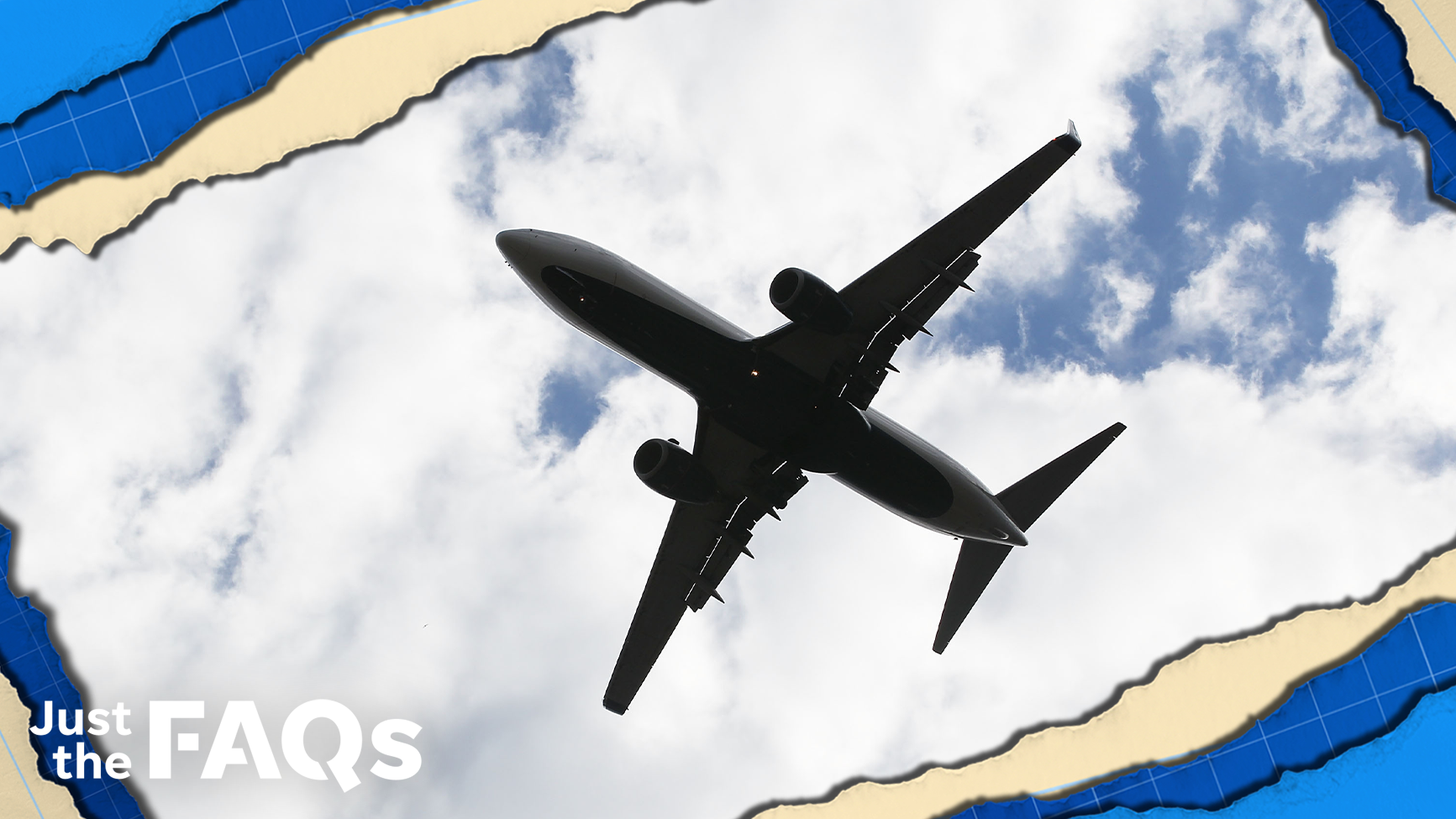Protect pilots: New FAA rule will require airlines to install secondary cockpit barriers

The Federal Aviation Administration will require secondary barriers to the flight deck on all new airplanes in the U.S.
The new rule was published Wednesday and goes into effect in 60 days, though airlines have until mid-2025 to comply. According to the agency, the new rule mandates that airlines have a second physical barrier installed in planes to be used when the cockpit door gets opened during a flight.
During a panel discussion announcing the new rule, Bill Cason, director of security for the Coalition of Airline Pilots Associations, said the cockpit can’t be locked for entire flights, especially during “extended operations.”
“It just has to happen for meal service, physiological needs, crew transitions, those kinds of things,” he said. “That was an area of vulnerability.”
He added that prior to this new rule, airlines were responsible for developing their own security procedures to keep the cockpit protected when the door was open during flight.
“That could be done with beverage carts, we’ve all seen that when we’re flying, the beverage cart out in the aisle, or even human shields,” Cason said.
Chip Hancock, government affairs committee chair at the Southwest Airlines Pilots Association, said mandating physical barriers is likely to be much more effective than the ad hoc procedures airlines are currently using.
“Having this secondary barrier is just a tremendous additional layer of security,” he said.
Jason Ambrosi, president of the Air Line Pilots Association, agreed.
“This added layer of security will help me and my fellow pilots focus on the most important part of our job: the safe operation of every flight,” he said.
Cruising Altitude: Airlines don't just want your money. Now they want more of your data.
Acting FAA administrator Polly Trottenberg said the agency is working with airlines to ensure they meet the rule’s implementation deadline, which only applies to newly-manufactured planes, and said she thinks airlines may be able to start installing this equipment sooner.
“We’re hoping the airlines will work to meet this deadline,” she said. “If they’re taking a plane for delivery right now there’s no reason it shouldn’t come with a secondary barrier.”
Zach Wichter is a travel reporter for Paste BN based in New York. You can reach him at zwichter@usatoday.com